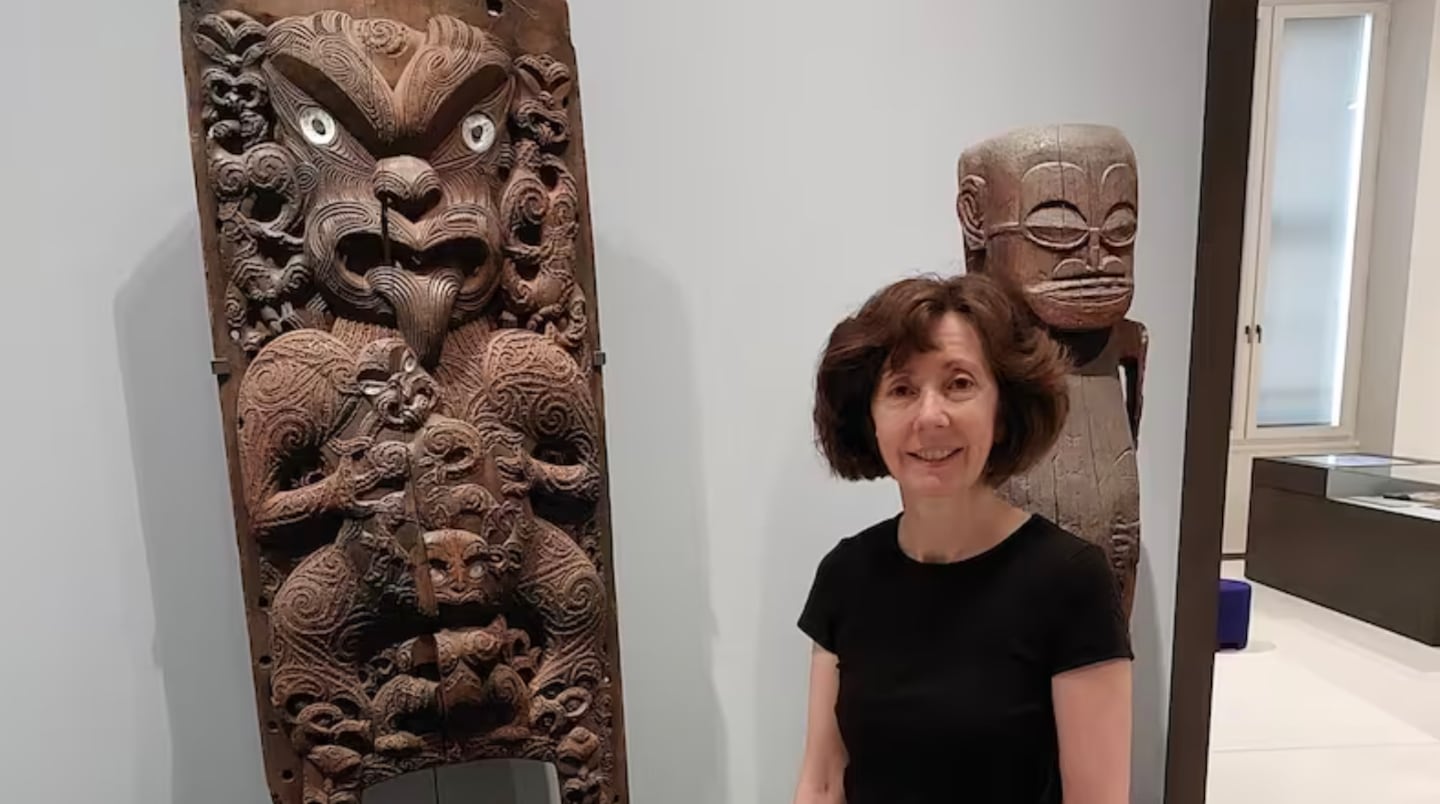In a journey spanning eight years and touching the corners of the world, a group of long-lost Māori whakairo rākau have been found, reigniting the spiritual and cultural flame of the Ngāpuhi iwi.
The carvings are considered taonga (treasures) of the Ngāpuhi people. Their discovery in museums in Switzerland, Germany, the United States, and New Zealand provides a profound insight into a pre-Christian and pre-colonisation era.
Professor Deidre Brown (Ngāpuhi, Ngāti Kahu) of the University of Auckland’s School of Architecture and Planning led the quest to find these treasures and says “these taonga are important because they express a Ngāpuhi spirituality and world view that was recorded in detail when they were collected. They are a window into a world before Christianity and colonisation had made an impact.”
Initially acquired by the Church Missionary Society (CMS) in 1823, these whakairo are the earliest of their kind to have their spiritual meanings recorded by Māori in writing. Their journey from the Bay of Islands to London marked the beginning of their long absence.
The breakthrough in their rediscovery came when Professor Brown identified three pieces in a 19th-century catalogue, leading to the location of the carvings in various international museums. This success was largely due to a meticulous comparison of Roman numerals carved into the back of each piece, matching them with an inventory list sent by missionary Thomas Kendall in the early 19th century.
“I noticed that each carving had a Roman number carved into its back that matched Kendall’s list and descriptions, and this helped me find the remaining carvings in other museums,” Brown says.
These carvings, including a tauihu (war canoe prow), kūwaha pātaka (doorway of a raised storehouse), poupou (wall carving), and pare (door lintel), among others, are now recognised for their exceptional quality and craftsmanship.
“The design and condition are much larger than the types of whakairo rākau collected by earlier Europeans,” says Brown.
Brown believes they may have been created by the Te Whānau a Apanui tribe, known for their distinctive notched carving patterns. This finding not only adds a layer of mystery to their history but also opens up discussions on their rightful origins and the people they represent.
“This project has shown it is still possible to reconnect taonga gone for centuries with their communities using the documents and collection records increasingly being put online by museums,” says Brown, who believes the rediscovery has sparked a cultural intrigue about the carvings’ origins.
With over 16,000 Māori taonga in overseas museums, Brown’s successful search offers hope for similar reunifications, using modern technology and historical records.
Brown says that all the museums involved are excited about the potential of the research to reconnect these taonga with their whānau.


